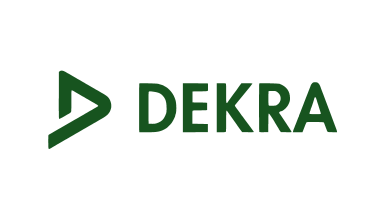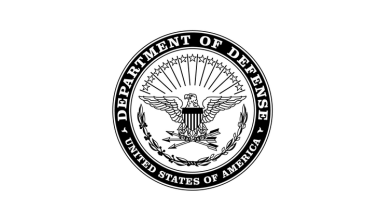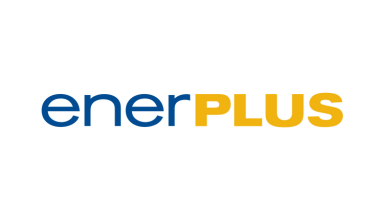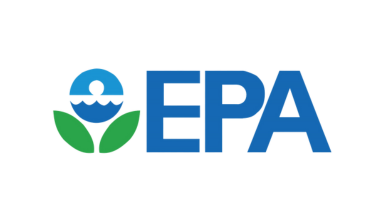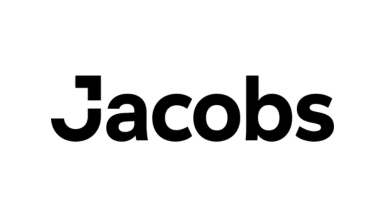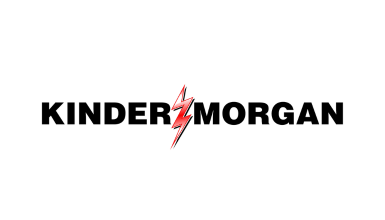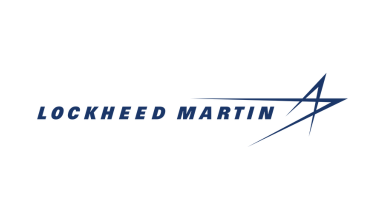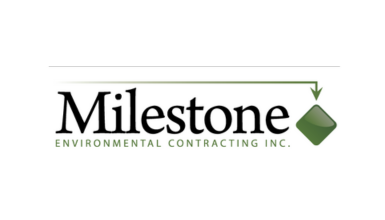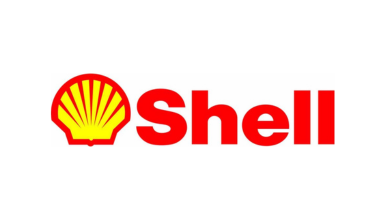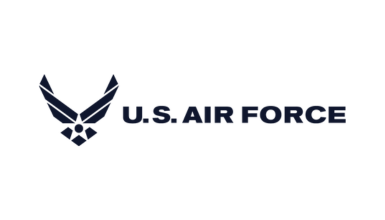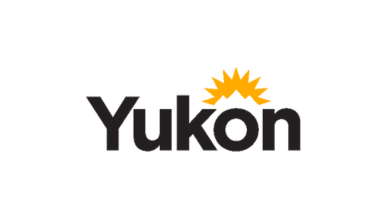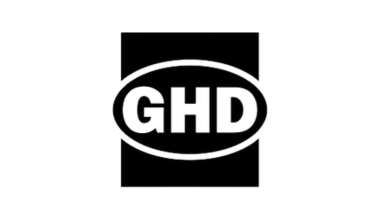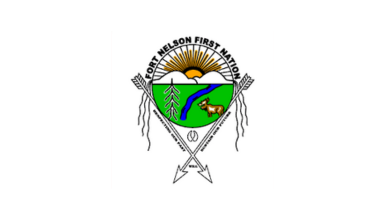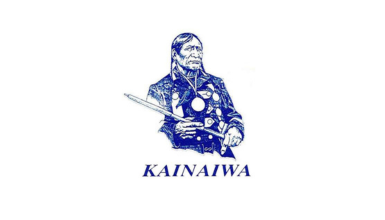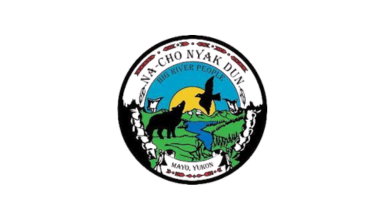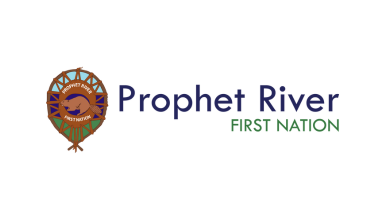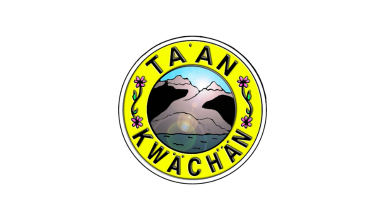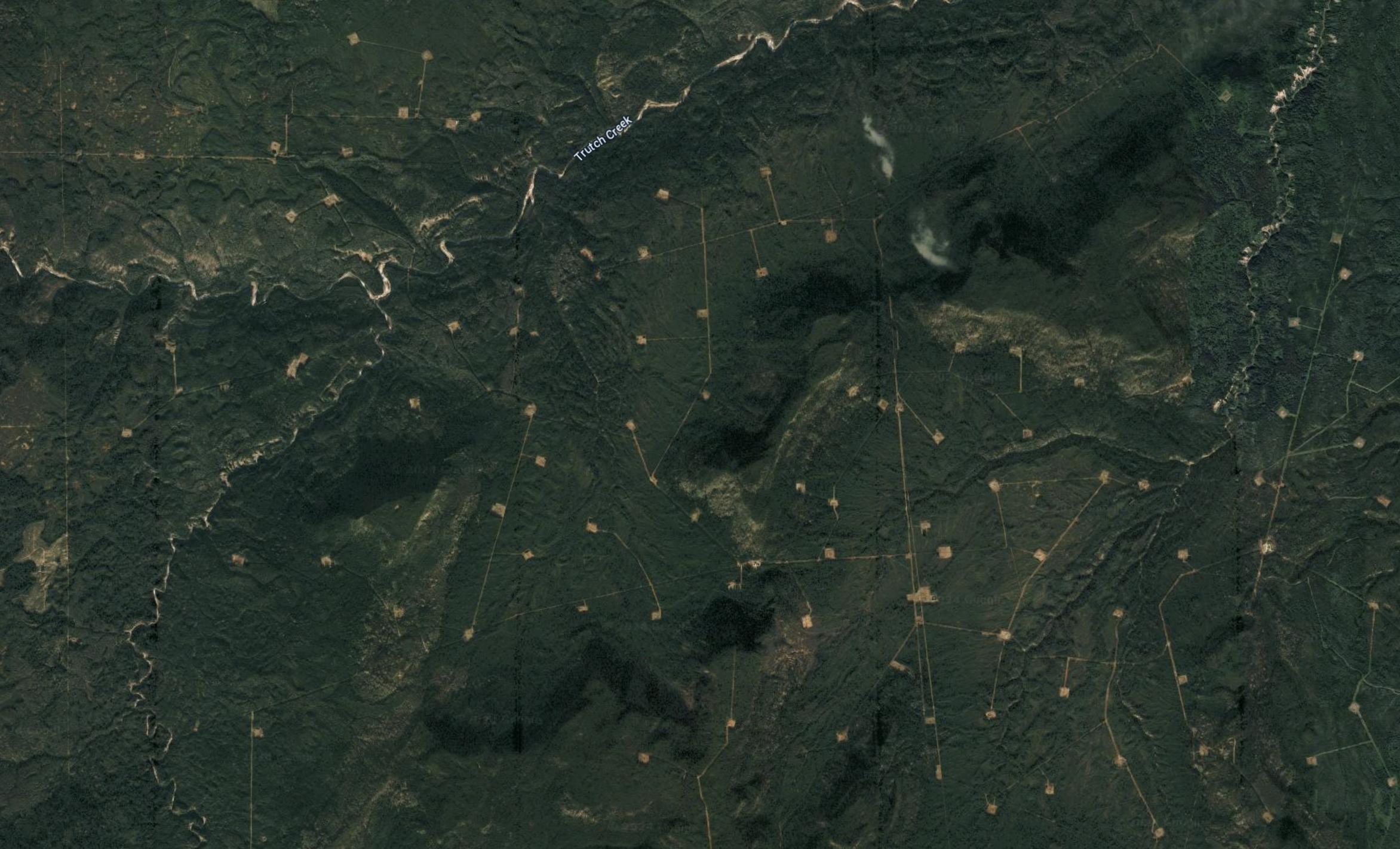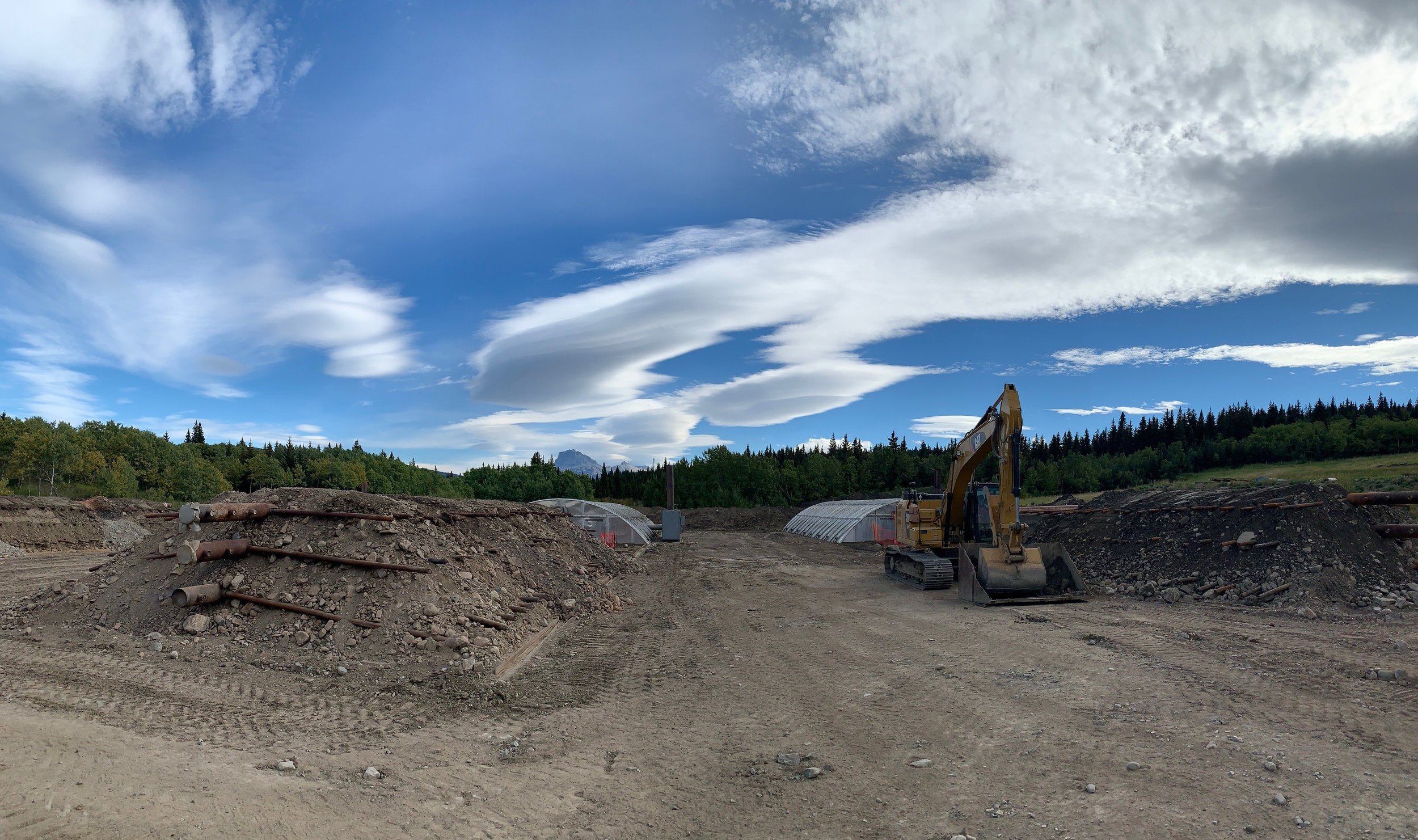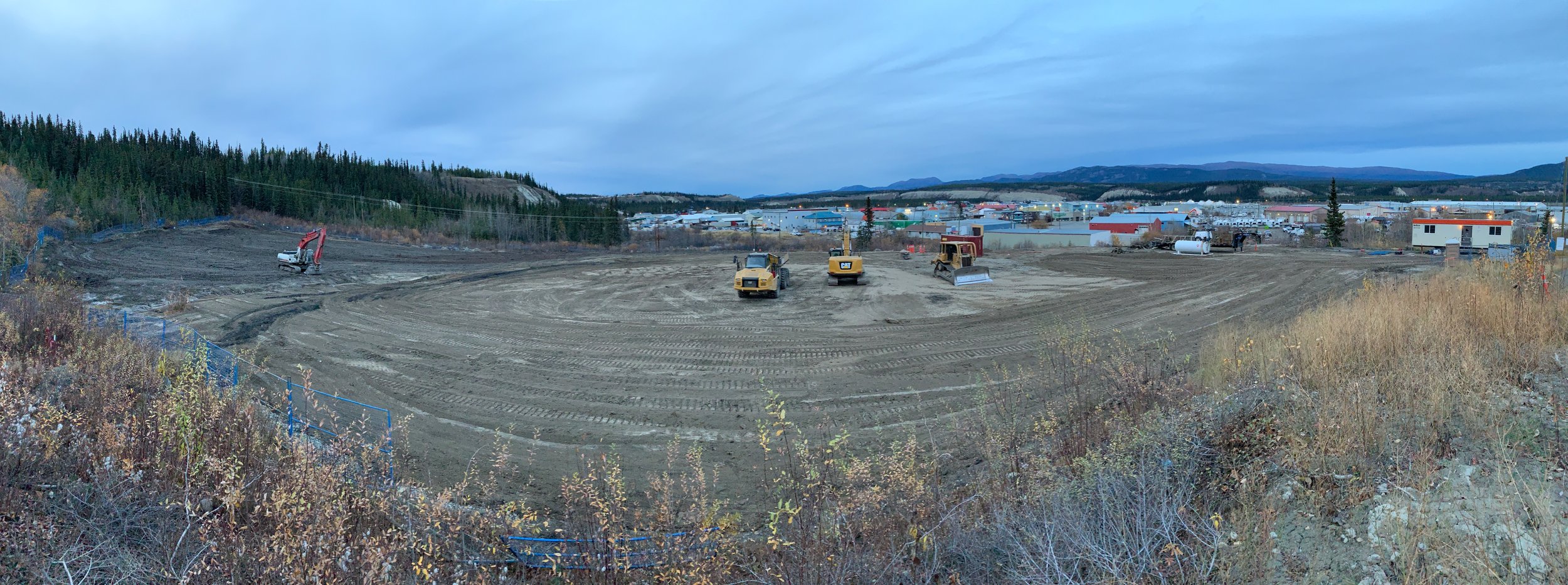
Petroleum Remediation
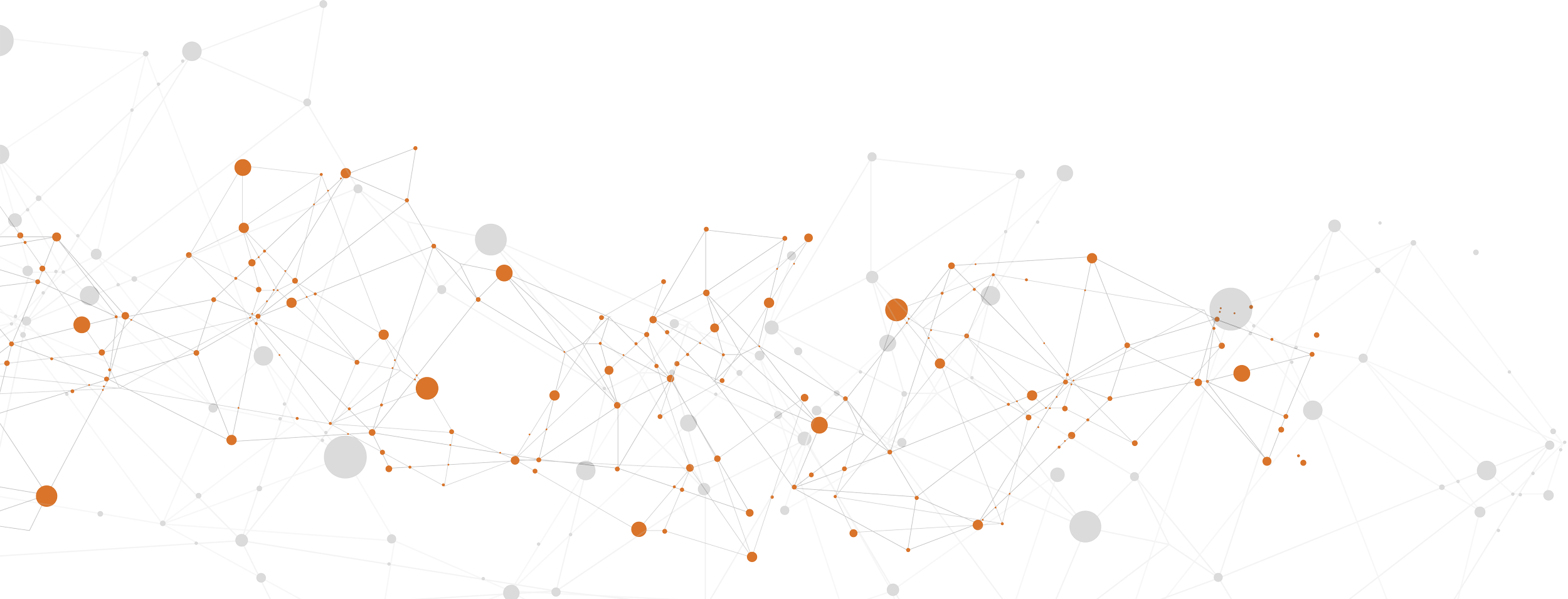
Tommy Lakes, Canada
Project Details
Oil well soil contamination
Phase one of the project consisted of 4800 cubic meters of soil remediation
Project Operations
Ice roads assisted in allowing the team to access the remote, heavily forested site
Deployment was February 1, 2024. The first phase of the project was complete by the end of March 2024
Four Enhanced Thermal Conduction (ETC) cells treated 9800 tons of contaminated soil in less than 40 days
Planned Customer Results
Treatment exceeded specifications
On-site treatment allowed the soil to remain in place
Land is returned back to Blueberry River First Nation, Halfway River First Nation, Ft. Nelson First Nation & Prophet River First Nation
Alberta, Canada
Project Details
Legacy wellsite and remote sump remediation
Site impacts a result of historical drilling operations
Site located on First Nations land located near Waterton Lakes National Park in Southwest Alberta
Remedial activities consisted of site preparation, soil handling and thermal soil treatment
Project Operations
Three ETC systems deployed to location for onsite treatment
Treatment turnaround times of 7-8 days per cell with approximately 2,400 tons per week of clean, treated soil generated from the three ETC systems
Local personnel from the First Nation’s community integrated into the onsite operations crew
Approximately 26,400 tons of material remedial in 2021 with an estimated 30,000 tons scheduled for ETC processing commencing in Q2 2022
Desorbed soil impacts adding to the ESG value chain by being utilized as system fuel to supplement energy inputs for the ETC process
All weather, all season, operations
Planned Customer Results
Thermally treat the soil to eliminate contingent liability related to soil impacts at the site
Engage local First Nations members as part of the operational deployment to provide additional value to the community
Clean, treated soil to remain onsite to be utilized as backfill and eliminating the need to import soil to the site
Site will be ready for surface reclamation upon completion of the thermal soil treatment activities

Whitehorse, Canada
Project Details
Legacy WWII-era former refinery site containing extremely high concentrations of heavy hydrocarbon waste, including free product tar
Located in the middle of the City of Whitehorse, and surrounded by residential communities as well as commercial & industrial development
Project Operations
Approximately 36,000 tons of heavily impacted soil were thermally treated at the site, through all seasons
Impacts consisted of LEPH10-19 (Light Extractable Petroleum Hydrocarbons), HEPHC19-C32 (Heavy Extractable Petroleum Hydrocarbons), and PAH impacts all exceeding
Planned Customer Results
Thermal treatment had improved results allowing revision of target criteria to Yukon CSR Commercial/Industrial limits
On-site treatment removed the liability from treated material and approximately 1,000 truckloads of soil were kept off roads & diverted from landfills
ICG Thermal was recognized with and esteemed Brownie Award for Sustainable Remediation and Technological Innovation. It is a nation wide award recognizing excellence in the remediation and redevelopment of brownfield sites across Canada.
Alberta, Canada
Project Details
Located at pipeline transfer station west of Edson, Alberta
11,000 tons of impacted soil from historical operations and spill events
Hydrocarbon impacts: BTEX, VPH and LEPH
Active pipeline area with the pending expansion of Trans Mountain Pipeline
Project Operations
Impacted soil excavated and placed in two 850 m3 ETC Treatment cells
LPG is used for burner fuel
High levels of ambient Benzene required customized treatment
Treatment cell turnaround times ranged from 4 to 6 days per cell
24/7 remote temperature and video monitoring ensured treatment goals were reached
Planned Customer Results
The treatment was successfully completed in approximately 6 months
All post-treatment samples were below required standards
Contingent liability was removed

British Columbia, Canada
Project Details
Located in the Jedney gas field. ~175km northwest of Fort St. John, BC
22,000 tons of impacted soli, from historical operations and spill events
Hydrocarbon Impacts: BTEX, VPH and LEPH
Abandoned location surrounded by forested public lands
Project Operations
Impacted soil excavated and placed in 850 m3 ETC Treatment cell
The second treatment cell was constructed while treatment was underway on the primary cell
LPG is used for burner fuel
Treatment cell turnaround times ranged from 4 to 6 days per cell
24/7 remote temperature and video monitoring ensure treatment goals were reached
Planned Customer Results
The treatment was successfully completed in approximately 6 months.
All post-treatment samples were below the required standards
Treatment commenced in the rainy season and ran into the extreme cold of January
Liability was removed and closure was achieved at the site
Yukon Territory, Canada
Project Details
2,000 tons of impacted soil
Diesel range organic contamination (up to 22,000 mg/kg)
Soil type: gravel to tight clay with high moisture content
Very limited infrastructure was onsite
Project Operations
Portable Quonset hut covers constructed for transport
ETC gear hand loaded onto deHavilland Twin Otter Aircraft
LPG supplied from multi-tank arrays
Treatment during extended periods of severe weather and heavy rain
Planned Customer Results
The treatment was successfully completed in four weeks
Post Treatment analysis confirmed all samples met Yukon CSR guidelines for hydrocarbons
Liability was removed and closure was achieved at the site

Safety is Our Number One Priority
Our process is designed to meet the most rigorous regulatory standards because we understand the biggest liability to site remediation is human health and safety. Our stringent protocols protect human and environmental health, and ensure an incident-free job site.
Even our technology is designed with safety in mind. For example, our remediation process is static— there are no moving parts. Contaminated soil stays in place, removing the liability associated with loading and trucking materials off site.

